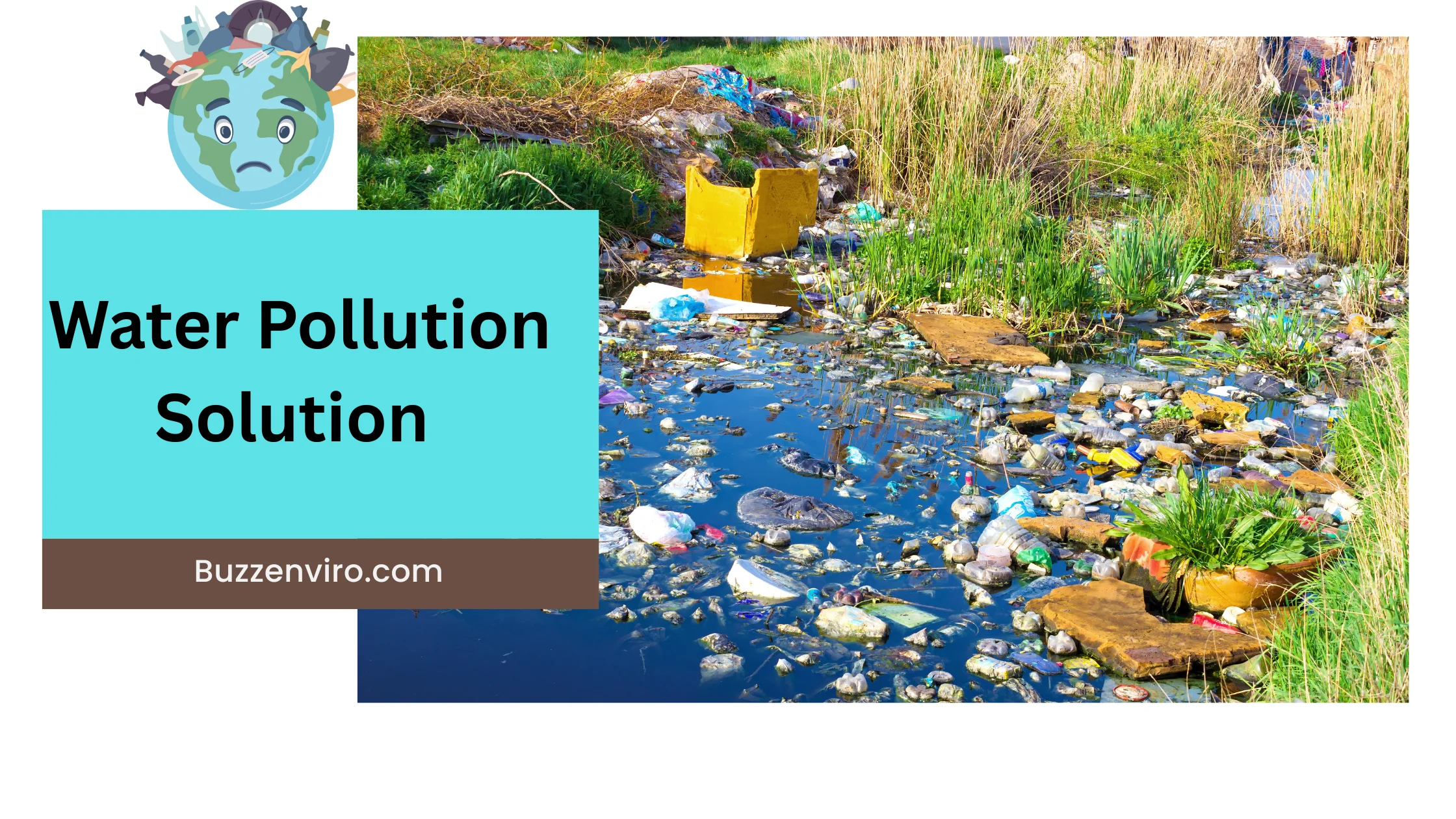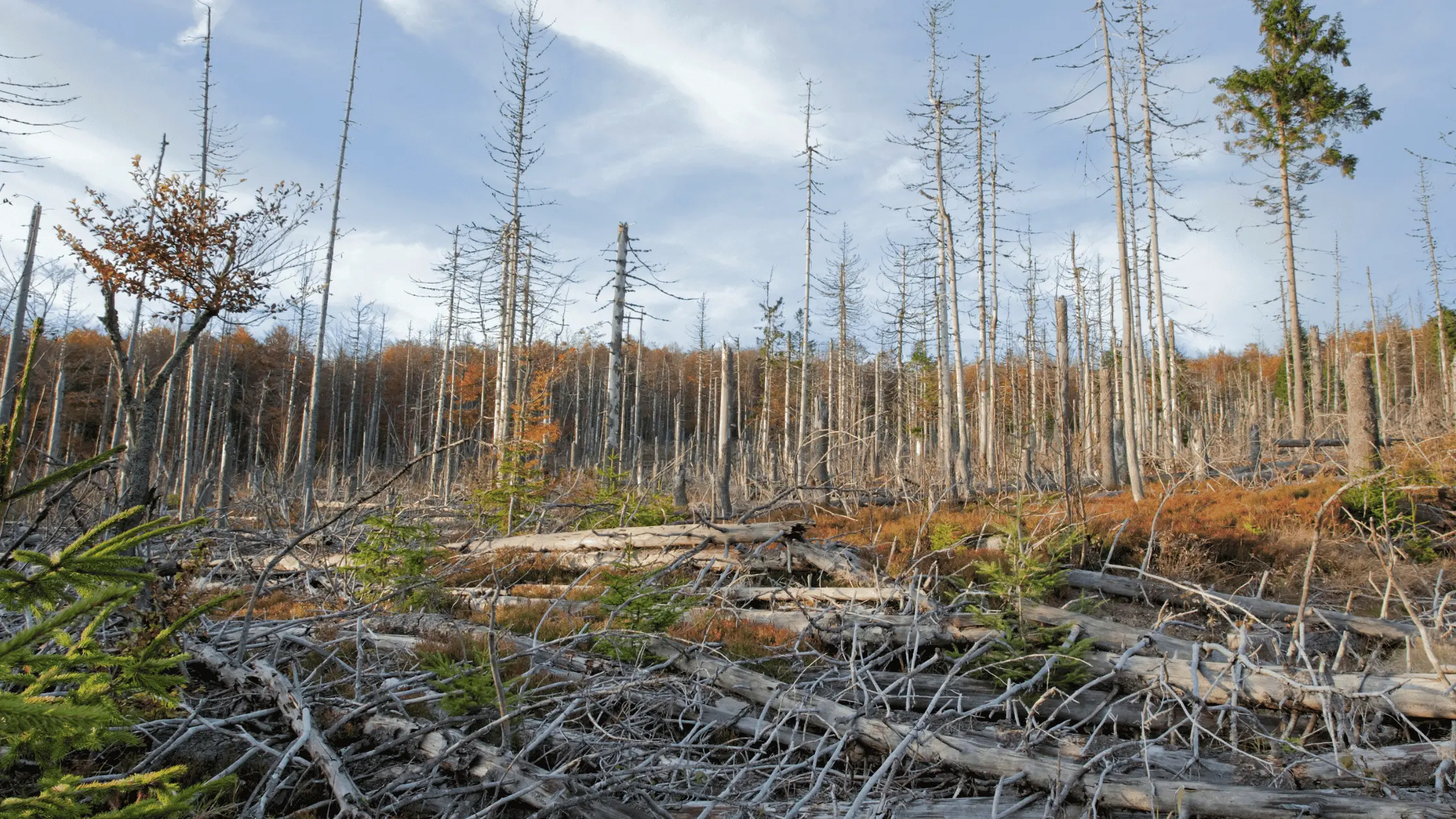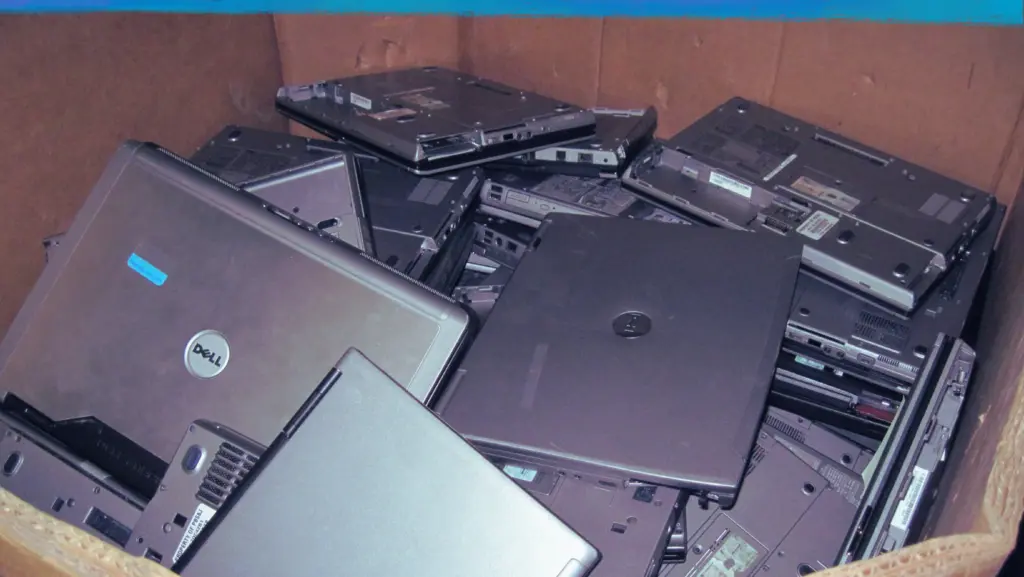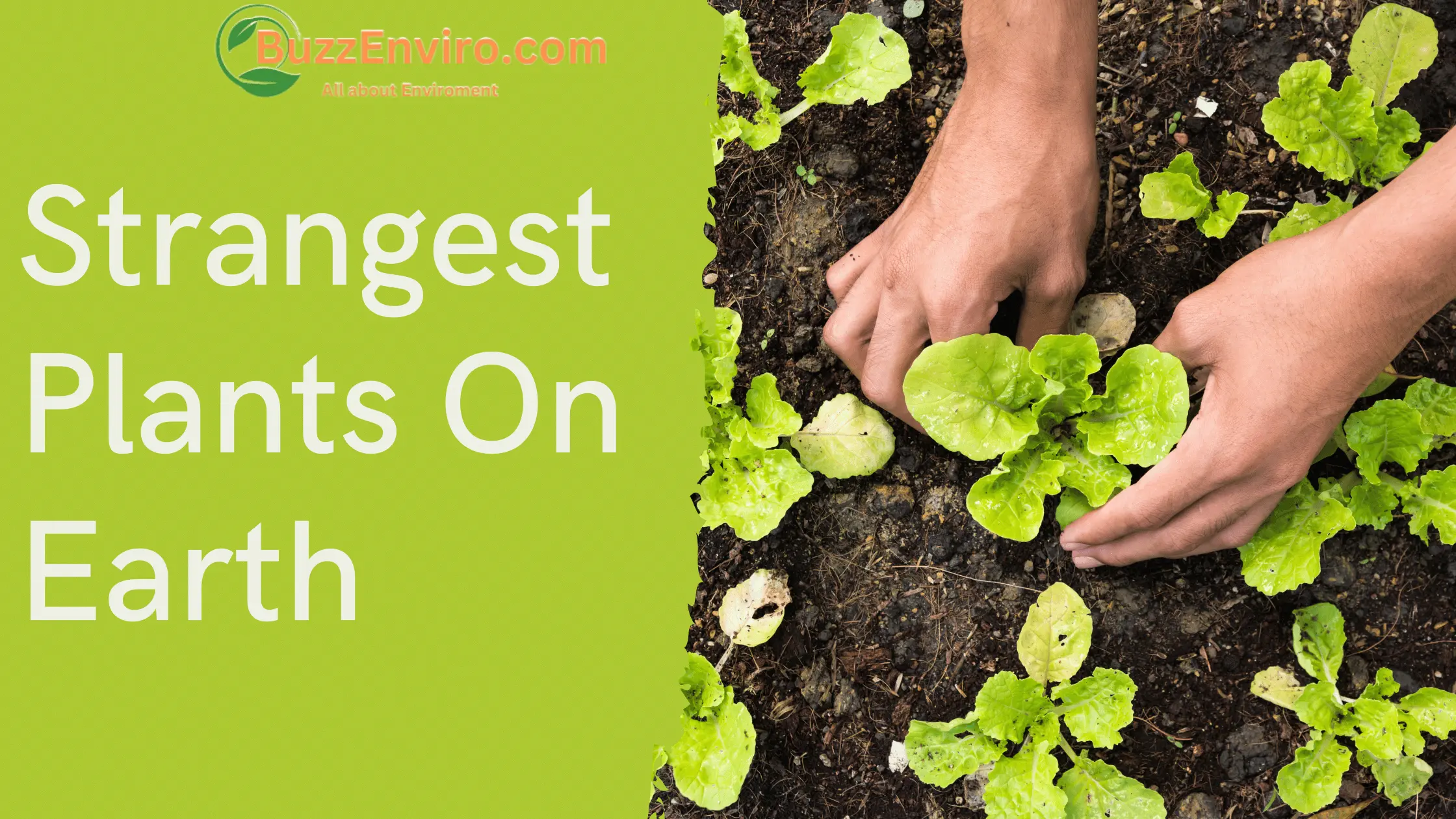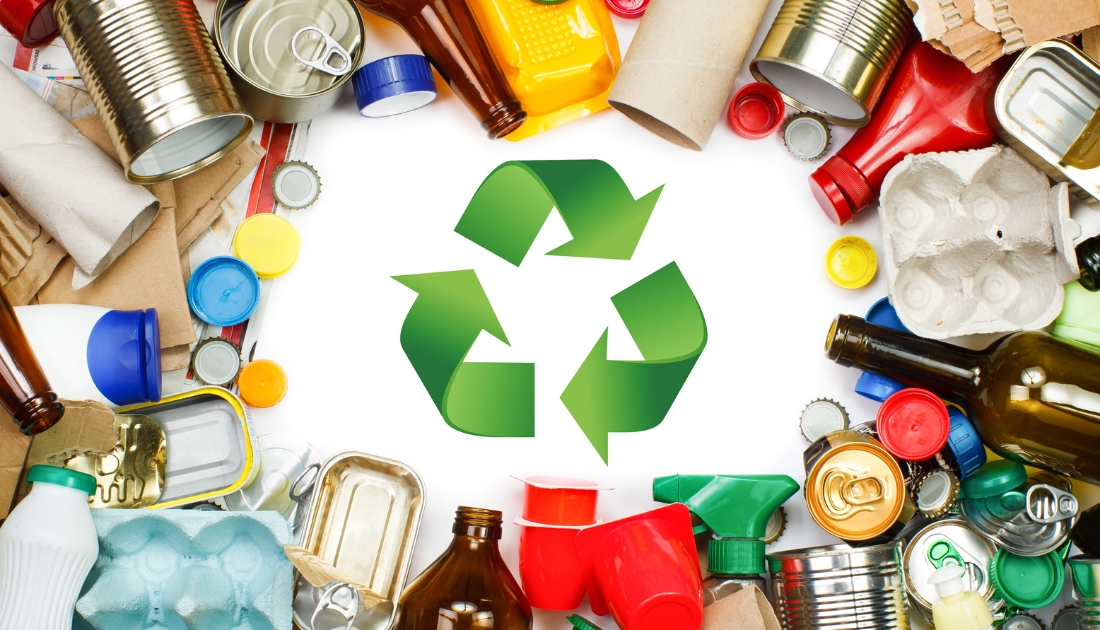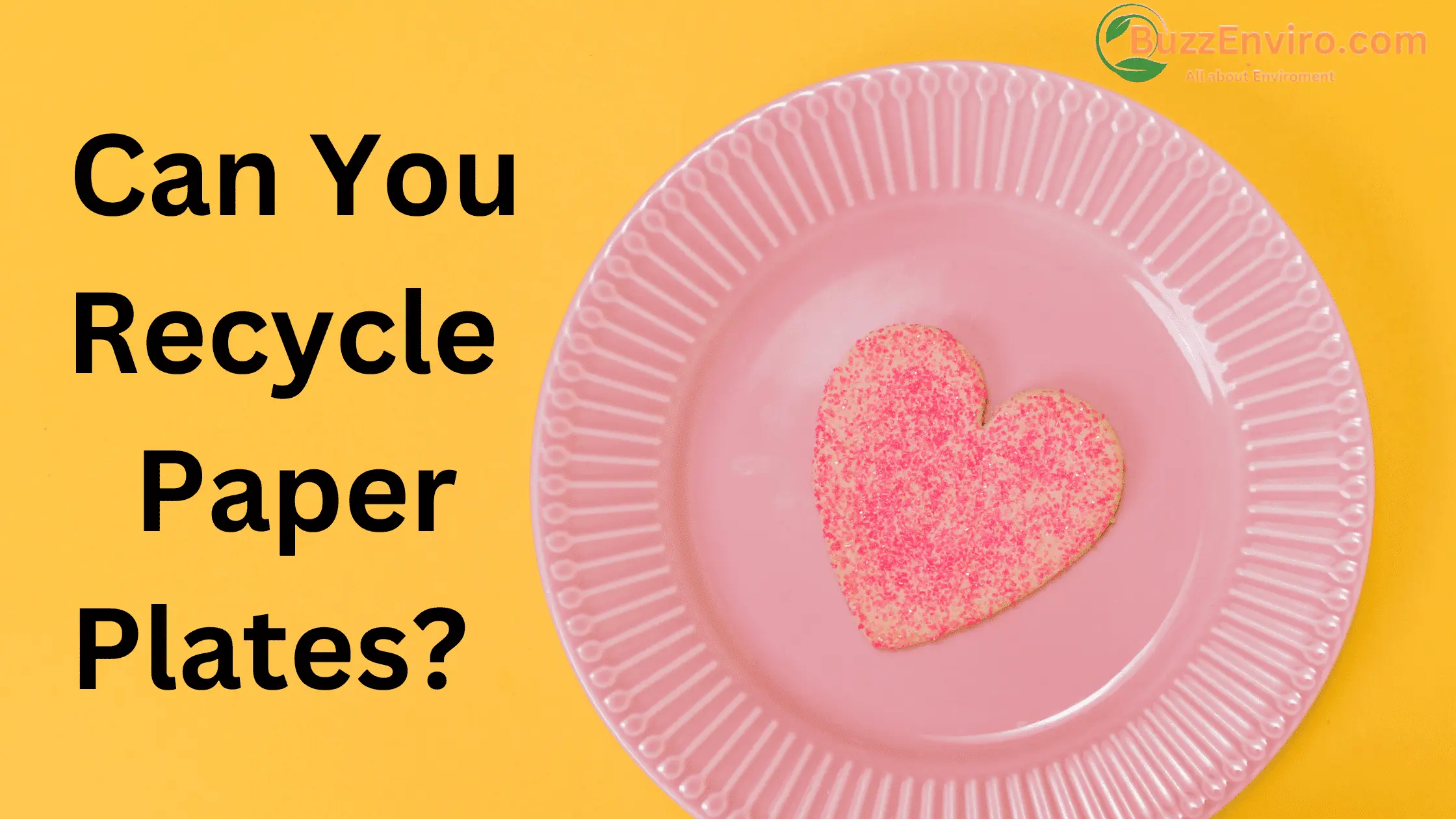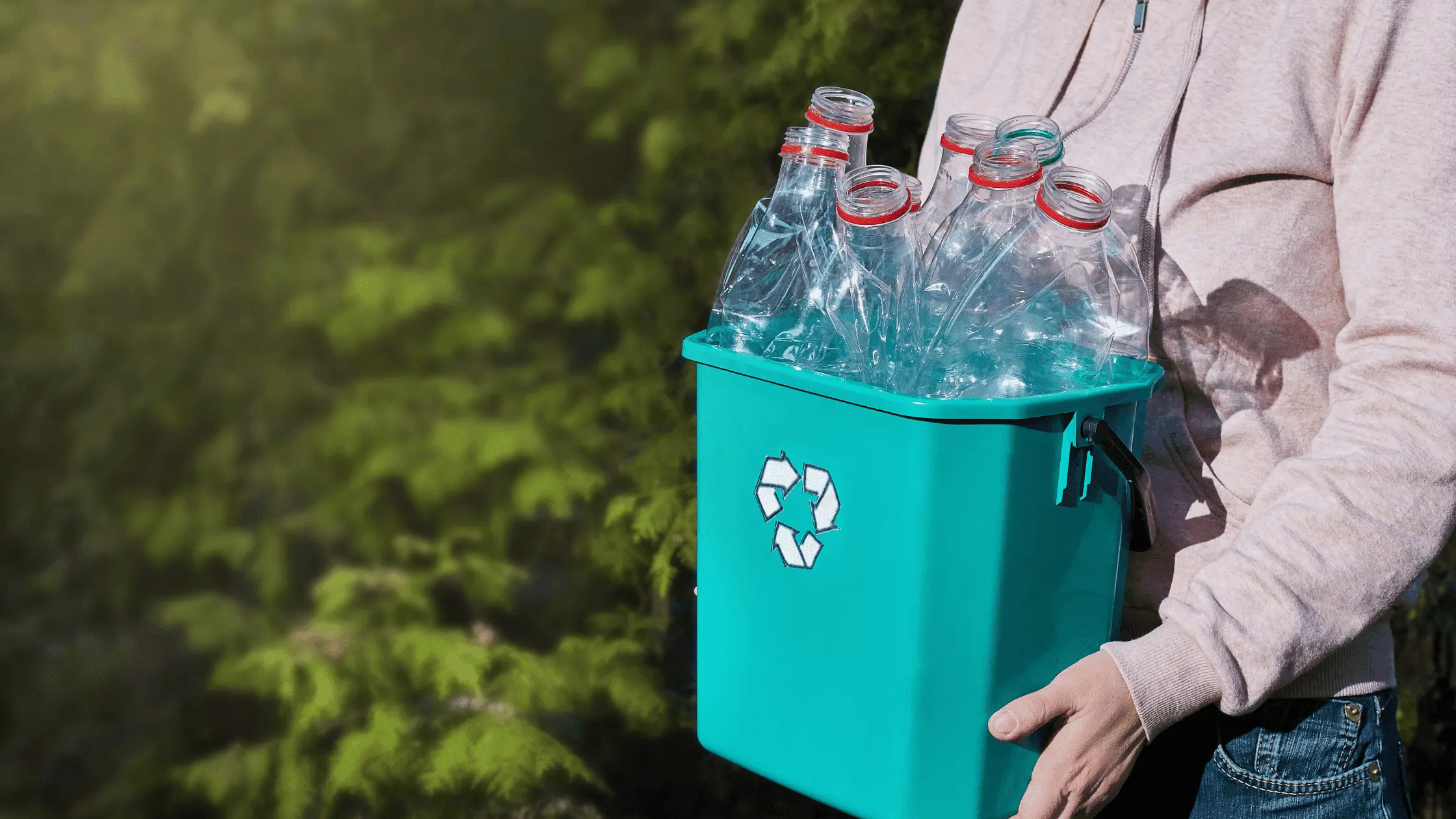Water pollution is a pressing environmental issue that affects millions of people worldwide. From contaminated rivers to polluted oceans, water pollution has severe consequences for human health, wildlife, and ecosystems. The good news is that by adopting simple yet effective strategies, we can significantly reduce water pollution. In this blog, we’ll explore 5 ways to reduce water pollution and highlight water pollution solutions that you can implement today.
1. Proper Waste Disposal: A Simple Way to Avoid Water Pollution

One of the primary contributors to water pollution is improper waste disposal. Household chemicals, plastic waste, and even untreated sewage can find their way into rivers and oceans, polluting water sources. So, how can water pollution be reduced through better waste management?
- Avoid throwing chemicals, paints, and cleaning agents down the drain or toilet. Instead, dispose of them properly at designated hazardous waste facilities.
- Reduce plastic use by opting for reusable containers and bags to prevent plastic from entering waterways.
- Ensure that sewage systems are well-maintained and treated before being released into water bodies.
By taking responsibility for how we dispose of waste, we can help keep harmful substances out of our rivers, lakes, and oceans.
2. Reduce the Use of Harmful Pesticides and Fertilizers

Agriculture is a major source of water pollution, primarily due to the runoff of harmful pesticides and fertilizers into nearby water bodies. These chemicals not only contaminate water but also harm aquatic life and disrupt ecosystems. So, how can we avoid water pollution caused by agriculture?
- Use organic or natural alternatives to pesticides and fertilizers. Organic farming practices are better for the environment and can help reduce the chemical load in our water systems.
- Opt for slow-release fertilizers that minimize runoff and reduce the chance of water contamination.
- Encourage farmers to adopt sustainable practices like crop rotation, cover cropping, and integrated pest management (IPM) to minimize the use of harmful chemicals.
By making these changes, we can reduce the flow of harmful substances into our waterways, improving water quality for both humans and wildlife.
Also Read:- 10 eco-friendly products for a plastic free life
3. Properly Maintain Septic Systems

Faulty septic systems are another significant source of water pollution, particularly in rural areas where wastewater treatment infrastructure may be lacking. When septic systems are not properly maintained, untreated sewage can leak into the soil and eventually reach groundwater sources. Water pollution solutions for this issue include:
- Regularly inspect and pump your septic system to ensure it is functioning correctly.
- Avoid flushing non-biodegradable items such as wipes, fats, and oils, as they can clog septic systems.
- Properly dispose of waste in sewage treatment plants rather than relying solely on septic systems.
By taking good care of septic systems, we can help prevent the spread of harmful pathogens and chemicals into water sources.
4. Adopt Eco-Friendly Cleaning Products

Household cleaning products are often loaded with toxic chemicals that can easily wash down the drain, ending up in water bodies and causing pollution. These chemicals can harm aquatic life and degrade water quality. To help reduce water pollution, consider the following:
- Switch to eco-friendly cleaning products made from natural ingredients.
- Make your own cleaning solutions using simple ingredients like vinegar, baking soda, and lemon.
- Avoid using harsh chemicals like chlorine bleach, ammonia, and drain cleaners, which can have a long-lasting impact on water quality.
Making the switch to green cleaning solutions is an easy yet effective way to reduce your environmental footprint and contribute to cleaner water.
5. Support Clean Water Initiatives and Participate in Local Cleanups

If you want to take a more hands-on approach to reduce water pollution, get involved with local environmental organizations and participate in waterway cleanups. Many communities organize regular river, beach, and lake cleanups to remove trash and debris from water bodies. Here’s how you can get involved:
- Join or donate to organizations that focus on water conservation and pollution prevention.
- Participate in local clean-up events to help remove waste from waterways.
- Educate others on the importance of protecting water resources and reducing pollution.
Together, we can make a significant impact on water pollution levels, ensuring that future generations have access to clean and safe water.
Also Read:- How Industrial Pollution impacts our environment
Conclusion: How Can Water Pollution Be Reduced?
Reducing water pollution requires collective action and individual responsibility. By following the tips above, such as proper waste disposal, using eco-friendly products, and supporting clean water initiatives, we can all contribute to cleaner water. These water pollution solutions help protect not just the environment, but also our health and the health of all living creatures that depend on water.
Let’s work together to protect one of our most precious resources—water—so that it remains clean, safe, and abundant for future generations.
